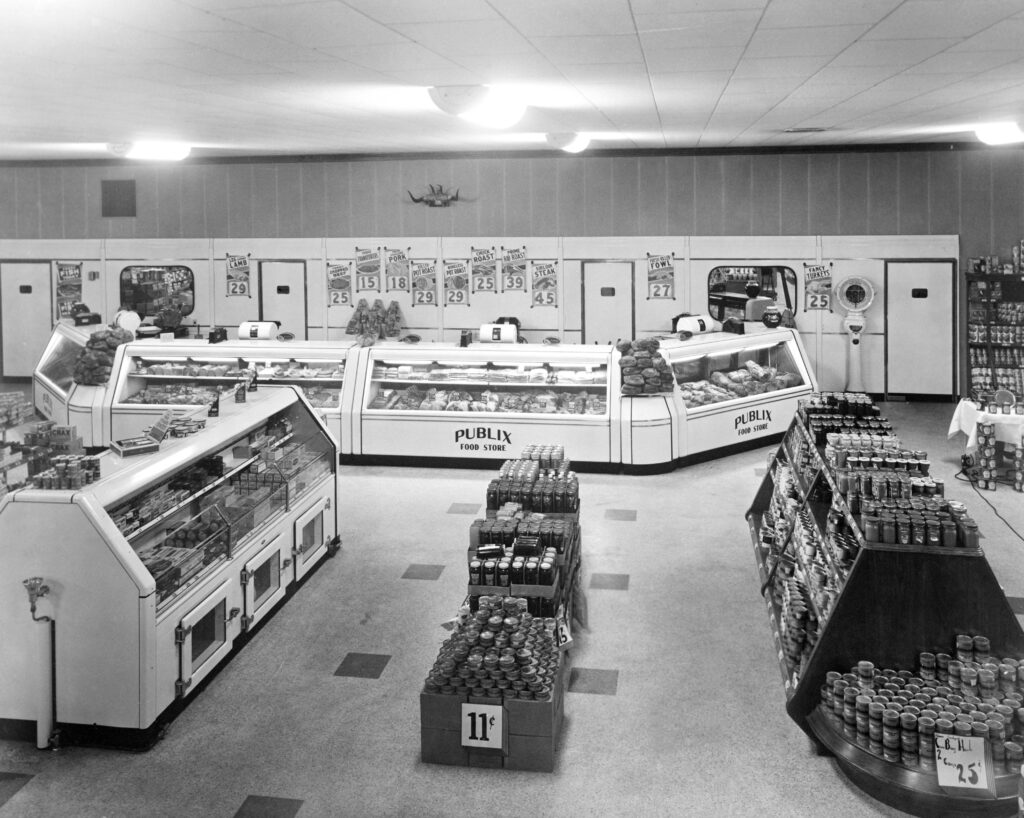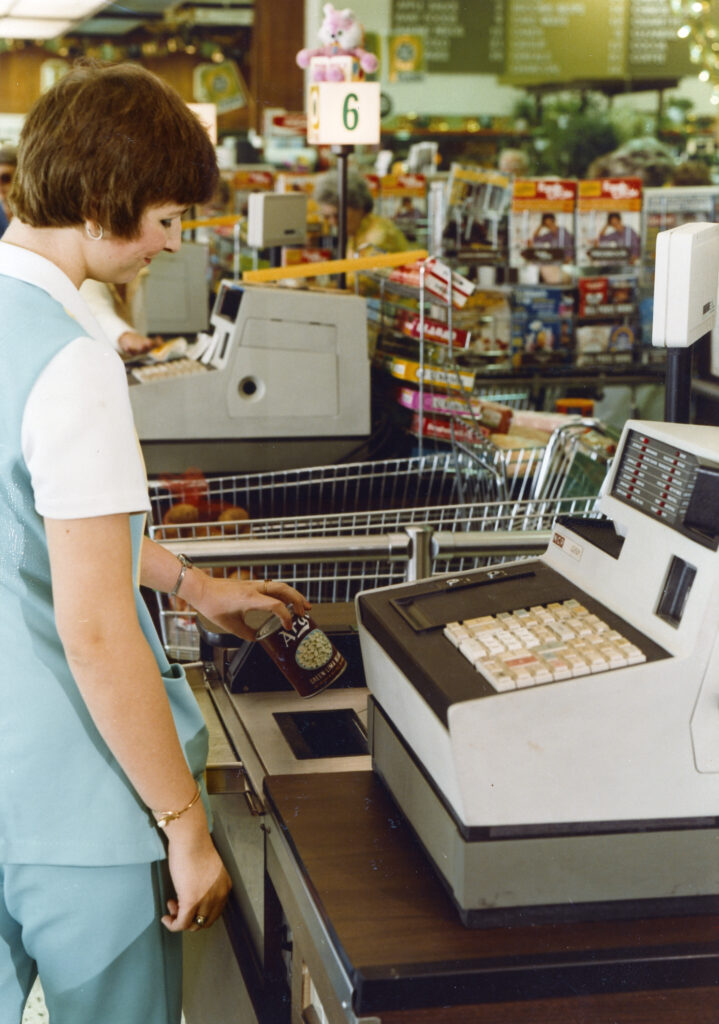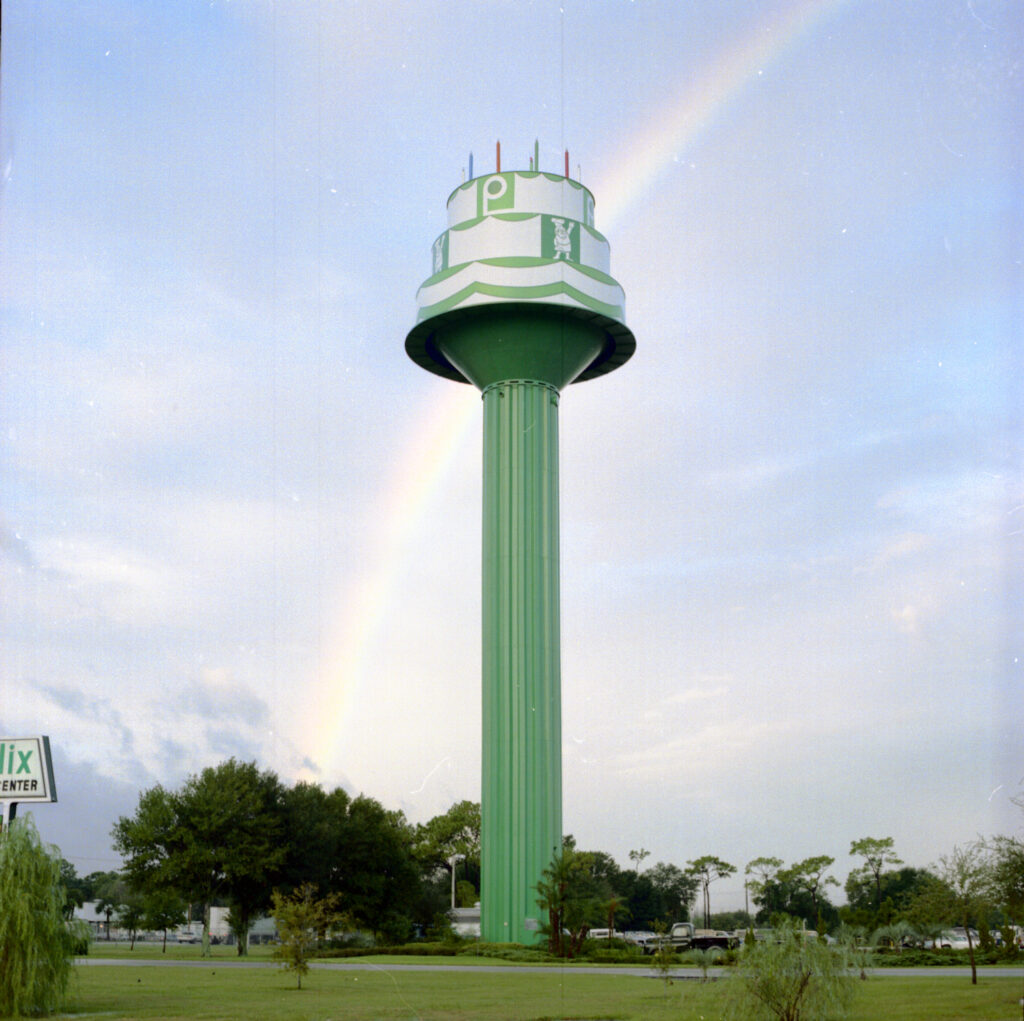The Key to Successful Organizations
Story by Todd Baylis • Photos provided by Publix
Organizations that don’t innovate are doomed to be surpassed and ultimately destroyed by those that do. Coined “creative destruction” by the Austrian American economist Joseph Schumpeter, the market is constantly evolving and changing, which makes it necessary for organizations to evolve and change in response. While most know that innovation is necessary to adapt to these changing patterns, creating an environment that supports it within our organizations often seems like more of an ideal than a set of strategies upon which one can act. While I have come to believe that fostering innovation is more of an ongoing journey rather than a set of action steps, I also believe that there are key elements that are necessary for leaders to understand and implement. We can find many examples of these steps in a company that has not only adapted to the changing market but has thrived during the past 80- plus years. Our community only needs to look to the iconic Publix, and its founder George W. Jenkins, to help us understand how we too can foster innovation within our own companies and community.
The dream store was designed to make shopping a pleasure, with in-store innovations such as air conditioning, specially designed cases, and wide aisles.
INNOVATION TAKES TIME
Throughout my early life, my father had a favorite saying: “An idea is rarely conceived and perfected at the same time.” When he uttered those words, I would inevitably show my annoyance and set out to prove him wrong. At the time, I failed to realize the wisdom in the lesson and have since come to understand that innovation is often a series of ideas, built on top of each other like the blocks of an arch. We obtain these building blocks through many thoughtful observations which we hypothesize, iterate, and test over a period of time.
Creating an environment that supports innovation within our organizations takes time and patience. When you read the history of how Mr. George founded and opened the first Publix Super Market in 1940, it was an idea 10 years in the making, an idea that took 10 years to develop the innovation it became. The “food palace,” as it was described, was based on a very lofty vision and was seen as a true innovation, but ultimately it was built on many smaller, innovative ideas, including air conditioning; automatic doors; and a clean, friendly aesthetic. These concepts took years to develop and ultimately were the result of the first two stores Mr.George opened in the years preceding.
START SMALL AND BUILD ON SUCCESSFUL INITIATIVES
I believe that the 10 years that Mr. George spent conceptualizing the first two Publix Food Stores was a time of trial and error during which he worked to test his nascent ideas that would ultimately become the first Publix Super Market. During these formative years, it is likely he began to implement and prove — at least to himself — that the innovations he believed in would work on a larger scale.
Innovation is an iterative process, a process that consists of many rounds of trial and error that ultimately result in a revelation that refines an idea to a point at which it becomes practical in the real world. During this process, it is important to take each successive failure, learn from it, and try again. This often means it is better to execute small projects and see what works in order to learn along the way as opposed to spending huge amounts of time planning for scenarios that may not happen. Starting small also allows the innovator to experiment, to test an idea and discern if it might succeed or even fail — a scenario that excessive planning would not necessarily expose. In the end, the real trick is to recognize, through the many small failures, when it’s time to put an idea to rest and to move on to the next one.

CELEBRATE AND LEARN FROM FAILURE — IT’S GOING TO HAPPEN FREQUENTLY
There are many different views that encompass failure and address whether it is a necessary step in the creative process. When interviewing job candidates, we at QGiv and Cipher Integrations often ask this question: “Is it better to be overly creative and innovative in your approach to a problem, or better to be overly conservative and traditional? Why?” This question highlights our philosophy of problem solving: in failing and mistake-making, it is possible (and likely) that one will develop a better approach to the problem. This is something that a traditional approach most certainly would not develop. There is a relationship between innovation and failure. It follows, then, that if one does not allow for failure, one may likely never improve or find a better approach.
We often hear of leaders not accepting failure, but failure is necessary for us to improve. Often, the greatest failure in one’s life can become the catalyst for their greatest success. This remains true in the business world — as long as we reflect on the failure and through this reflection learn how we can become better or improve. In order to truly create an organization and a culture that innovates, we must accept failure and even celebrate it if we fail in the right way.
Mr. George understood this trade-off; he embraced failure and allowed it to grow into great success. Years ago, I remember Publix putting Chipotle-style burrito bars into a small selection of stores and testing the concept. Interestingly enough, within a year or two, they were nowhere to be found. This is a perfect example of starting small, seeing what happens, and then accepting (and even celebrating) failure. Looking back at the foundation story of Publix, one must take notice that Mr. George decided that the first two Publix Food Markets must be closed — a message to his organization that through failure, innovation can be born.
REDUCE UNNECESSARY STRESS AS MUCH AS POSSIBLE
One of Publix’s core values is being “dedicated to the dignity, value, and employment security of our associates.” While this may seem like a corporate platitude, it truly reflects the culture of Publix. In many ways this value reduces stress within the organization and ultimately leads to an environment conducive to creativity, ideas, and innovation. Unnecessary stress, even in small doses, stifles a creative and innovative environment. While deadlines are necessary and are motivators, unnecessary stressors in the work environment can actually be counterproductive to creativity and innovation.
When was the last time that you felt creative when someone was upset with you and you knew you had to address the situation? What if that situation was unnecessary and extraneous? Did you feel creative? Did you feel the creative focus and spirit? The answer is probably not. You were probably motivated to simply address the situation (or avoid it) and get away from the stressor as quickly as possible.
Teams cannot be at their most creative points if there are multiple stressors exerting pressure. In fact, when presented with multiple stressors, teams are more likely to stick with conservative, traditional methods to solve a problem — which, as discussed earlier, makes it almost impossible to develop more innovative and efficient methods. Practically, this means that an organization must strive to eliminate day-to-day stressors, such as unnecessary policies and procedures, and implement programs such as flextime and team building. For team members that are in positions that require creativity and innovation, a simple deadline can be enough motivation to complete the project.
 The birthday-cake water tower is a Lakeland-area landmark. It was a new direction for Publix innovations and was not erected solely for show. It can deliver 250.000 gallons of water per minute and, at the time, provided all the water needs for the Publix Industrial Center. The structure is 2.25 million pounds of steel with each eight-foot candle weighing 250 pounds.
The birthday-cake water tower is a Lakeland-area landmark. It was a new direction for Publix innovations and was not erected solely for show. It can deliver 250.000 gallons of water per minute and, at the time, provided all the water needs for the Publix Industrial Center. The structure is 2.25 million pounds of steel with each eight-foot candle weighing 250 pounds.
BUILD A CULTURE, AND HIRE A CREATIVE AND DIVERSE TEAM
In order to build a truly innovative culture — a culture not dependent on oneself or any particular person — the team should be diverse in both demographics and training backgrounds. A diverse team is necessary in order to foster innovation, to effectively and efficiently create, test, and abandon ideas. It intrinsically follows that sustainable idea generation does not happen in a vacuum. Ideas must be more than one’s own; they must build on and support the ideas of others. This is true even if the idea is destined to fail, because it is through the process of failure that the idea may evolve into something truly innovative that can make a difference in the organization and in the real world.
Publix thrives today because Mr. George built a culture and a team dedicated to innovation. Publix has built an empire around its culture of community service and its customers within that community. The phrase that Publix coined many years ago, “Where shopping is a pleasure,” may seem like a short, simple slogan, but it is much more than that. That motto required that Publix and Mr. George not only say that they created a pleasurable shopping experience, but that he and his employees truly embodied, practiced, and lived that ideal.
When one looks back at Publix’s impressive history of success and the impact it has had in this community, it is hard to deny the continued drive to innovate and improve as an organization. Mr. George understood that innovation took time to develop; he understood that the process required small steps and failures along the way. That team and their successors ultimately passed along those values and created the thriving organization that we all know and love today. Using these ideas and their examples, we should all strive to build innovative organizations that can be a part of our community well into the future.
By 1979, Publix Super Markets had more scanner-operated checkouts than all but two other grocery-store chains.
